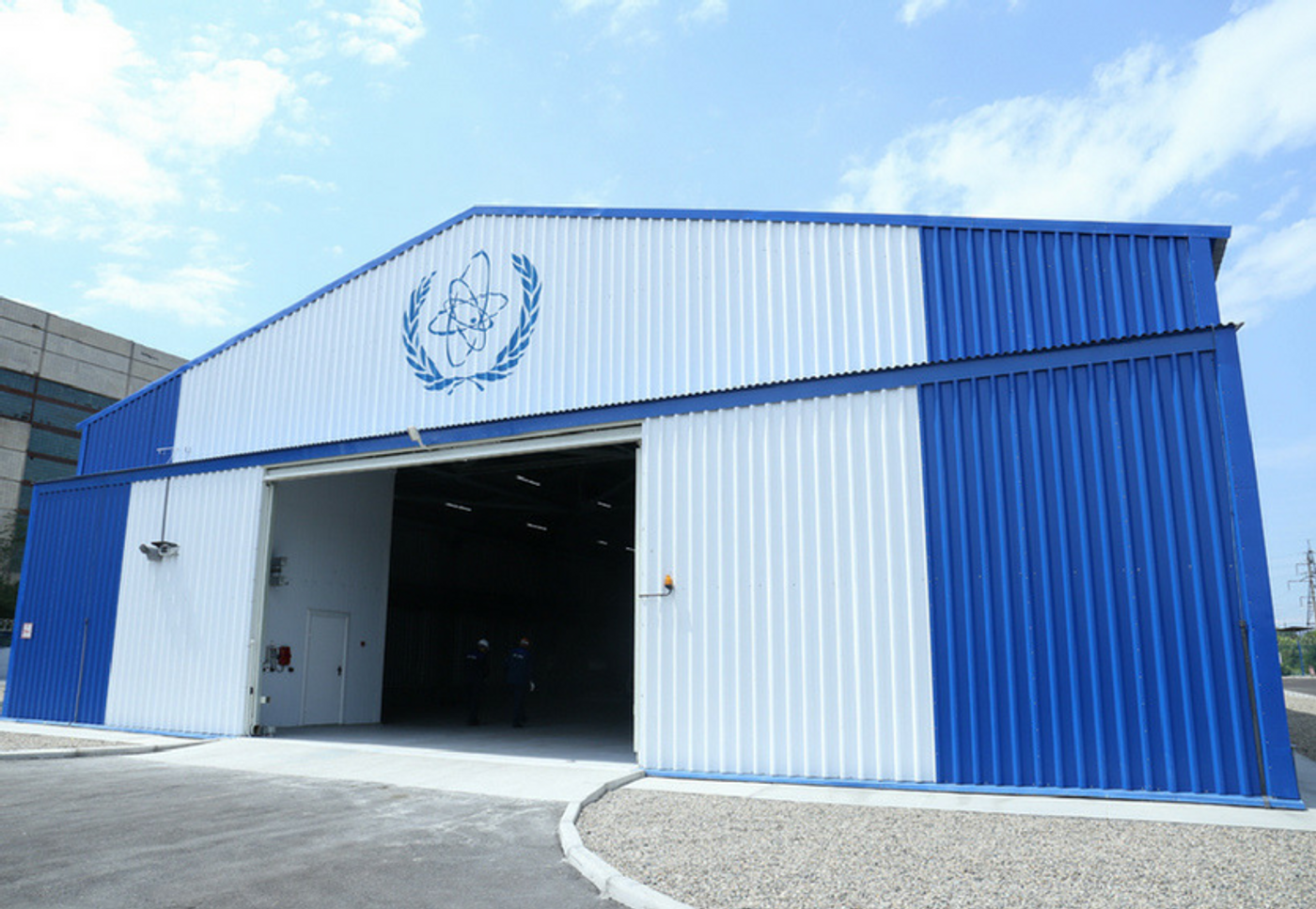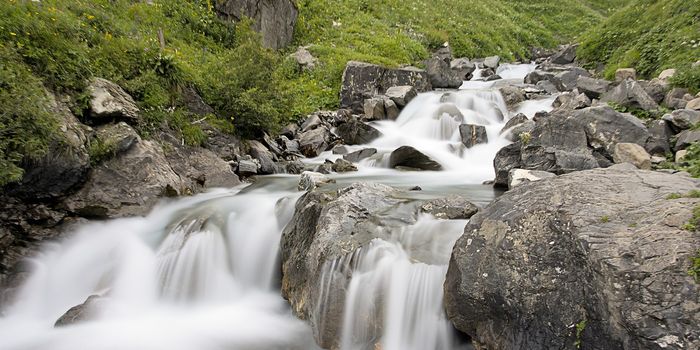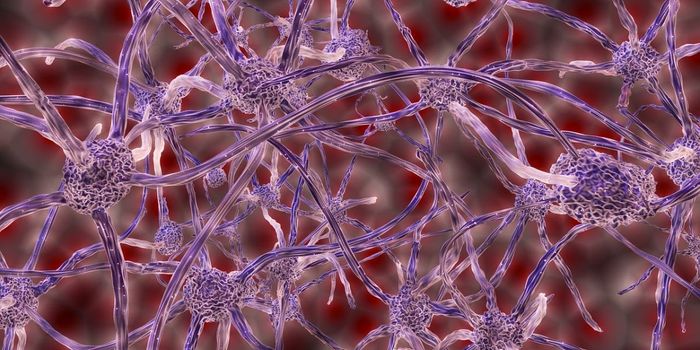LEU Bank - the uranium fuel reserve the whole world can bank on
IAEA LEU Bank. Credit: IAEA
Most of us know that uranium is the isotope that fuels nuclear fission reactors. But no atomic energy is released if you just shuffle piles of uranium bearing rocks into the power plant. To understand how raw uranium materials get processed and become a source of power, let us start at the beginning.
Uranium-238, the most abundant form of the isotope (99.3% of all uranium) is not suitable for nuclear fission because it isn’t fissile. Uranium-235 (U-235), on the other hand, can start a nuclear reaction and sustain it, but not at its natural abundance of 0.7%. A power plant requires uranium with 3-4 % of U-235, also known as low-enriched uranium (LEU). An atomic bomb needs uranium with as high as 90% purity, highly enriched uranium.
Uranium enrichment just like its name suggests is a process to increase the proportion of U-235 in a uranium sample. The most common method for enriching uranium nowadays is centrifugation. Highly enriched weapons-grade uranium, though expensive and difficult to obtain, is never a big enough barrier for countries that seek to build their nuclear inventories. Power-plant enrichment facilities with hundreds if not thousands of centrifuges are often under the scrutiny of international bodies such as the International Atomic Energy Agency (IAEA), because they can be repurposed to make atomic bombs instead of simply purifying reactor fuel.
Despite the recent gloomy atmosphere of potential nuclear warfare, this August the world welcomed a first-of-its-kind uranium reserve operated by the IAEA, a shining symbol for the peaceful utilization of nuclear technology and international collaboration on atomic energy.
Located in Oskemen, a city in northeastern Kazakhstan, the IAEA Low-Enriched Uranium Bank is a flagship project launched by the International Atomic Energy Agency. Its mandate is to guarantee all UN members access to uranium fuel for power and research purposes, as long as they fulfill their non-proliferation obligations.
The bank provides an important option for countries that want the benefits of peaceful nuclear energy without spending money (as it could be extremely expensive) on uranium enrichment capabilities. Ninety metric tons of LEU will be deposited in the reserve, enough to produce power for a large city for up to three years.
Since the bank is owned and managed by the IAEA and not an individual country, nations that request fuel will have to comply with the IAEA’s non-proliferation policy. With such a uranium fuel reserve in place, countries can have full confidence that they can secure supplies even when market-based materials become unavailable due to conflicts or other factors. Under the monitoring eyes of the IAEA, the requesting nations will have to make the responsible choice not to develop enrichment capabilities on their own.
Even though it is just a small step in the pursuit of nuclear non-proliferation, IAEA and other funding organizations hope that the LEU bank can serve as a safe and reliable option for countries that are in pursuit of the peaceful use of nuclear energy.
Source:









